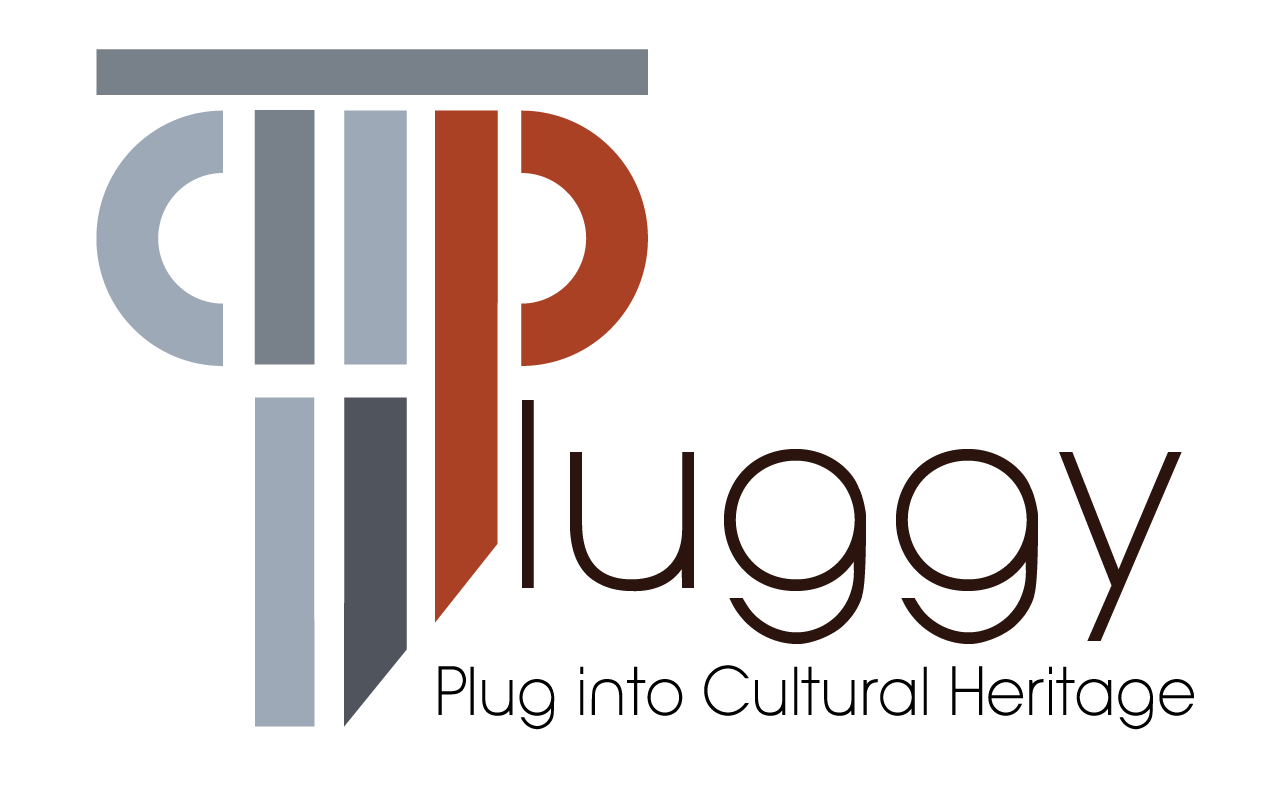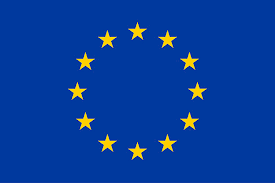Why are culture and creativity so important for cities and which European city is the “ideal” cultural and creative city?
The European Commission released the first ever edition of the ‘Cultural and Creative Cities Monitor’, a brand new tool that provides comparable data on how European cities perform across nine dimensions – covering culture and creativity – and underlines how their performance contributes to cities’ social development and economic growth and job creation.
Developed by the European Commission’s in-house science service, the Joint Research Centre (JRC), the Cultural and Creative Cities Monitor will help policy makers as well as the cultural and creative sectors identify local strengths and areas for improvement, and learn from comparable cities. It also sheds light on the strong relationship between cultural vibrancy and various dimensions of a city’s life, starting with its social diversity and its economic activity.
The Cultural and Creative Cities Monitor is the result of a research project covering 168 cities in 30 European countries. It is available as an interactive online tool to allow users to browse the selected cities as well as a wide array of quantitative and qualitative information about their performance.
It notably shows that the ‘ideal’ Cultural and Creative City in Europe would be the amalgam of the best performing cities on each indicator. This city would have the Cultural Venues & Facilities of Cork (Ireland), the Cultural Participation & Attractiveness and the Creative & Knowledge-based Jobs of Paris (France), the Intellectual Property & Innovation of Eindhoven (Netherlands), the New Jobs in Creative Sectors of Umeå (Sweden), the Human Capital & Education of Leuven (Belgium), the Openness, Tolerance & Trust of Glasgow (UK), the Local & International Connections of Utrecht (Netherlands) and the Quality of Governance of Copenhagen (Denmark). Of these eight cities, five have fewer than 500,000 inhabitants (Cork, Eindhoven, Umeå,Leuven and Utrecht).
Key findings of the research include:
- Leading cultural and creative cities: compared to other cities with a similar population, Paris, Copenhagen, Edinburgh and Eindhoven perform better than their counterparts;
- Cultural, creativity and prosperity: culture and creativity contribute to higher economic growth rates, and are crucial for low-income cities;
- Size is not everything: the size of a city does not determine its performance in culture and creativity, as on average small and medium-sized cities score relatively well compared to larger ones;
- Capitals fly high but not highest: even if capitals are often in the lead, they are outperformed in Austria, Belgium, Italy, Germany, Poland, Spain, the Netherlands and the UK.
Enjoy reading the 2017 Edition here!
To identify local strengths and opportunities and benchmark your city, click here and discover an interactive tool for your searches!


 function modal_dialog_open() {
jQuery("a.inline").trigger('click')
cookievalue++;
jQuery.cookie('modal-dialog', cookievalue, { expires: 365, path: '/'});
}
function set_modal_dialog_content( newContent ) {
jQuery('#inline_replaceable_content').replaceWith( "
function modal_dialog_open() {
jQuery("a.inline").trigger('click')
cookievalue++;
jQuery.cookie('modal-dialog', cookievalue, { expires: 365, path: '/'});
}
function set_modal_dialog_content( newContent ) {
jQuery('#inline_replaceable_content').replaceWith( "